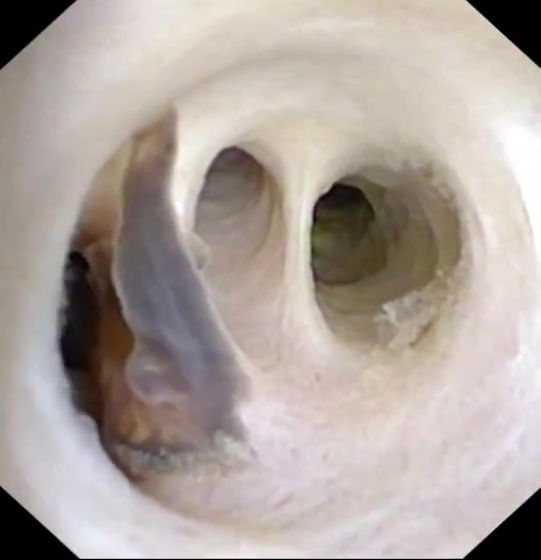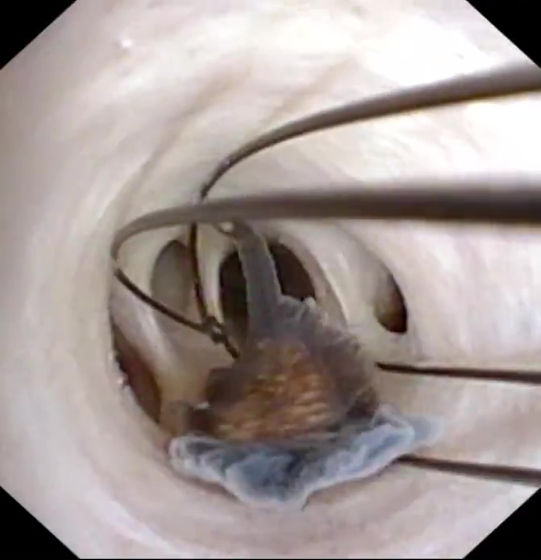Parasites wriggling inside a Chinese man's body are discovered by chance during pre-surgery examination and captured on video

A case has been reported in which a 70-year-old Chinese man who was scheduled for surgery was found to have a parasite that doctors had not anticipated. Please note that this article contains videos and images of parasites, so please be careful when viewing them if you are not comfortable with them.
Clonorchis sinensis Liver Flukes | NEJM
Watch parasitic worms get pulled from man's abdomen after surprise discovery during routine surgery | Live Science
https://www.livescience.com/health/viruses-infections-disease/watch-parasitic-worms-get-pulled-from-mans-abdomen-after-surprise-discovery-during-routine-surgery
Revolting video shows FIVE wiggly parasitic worms trapped inside a 70 year-old man's abdomen | Daily Mail Online
https://www.dailymail.co.uk/health/article-12907029/parasitic-worm-inside-man-parasite.html
In the case reported this time, when the abdomen of a 70-year-old man scheduled to undergo surgery to remove colon cancer was examined using a small camera, five parasites were found moving in the biliary tract. is.
A 70-year-old man undergoing cholangioscopy to evaluate dilation of the common bile duct was found to have flatworms in his biliary tract (shown in a video). Read the full clinical case: https://t.co/OK4X48EOne pic. twitter.com/lbSTv5jaqZ
— NEJM (@NEJM) December 30, 2023
The parasite discovered was Clonorchis sinensis, a parasite commonly referred to as the liver fluke .
The body of the extracted liver fluke is brown and flat in shape. Doctors at the First Affiliated Hospital of Sun Yat-sen University in Guangdong Province, China, who discovered the liver fluke, reported this case in the medical journal The New England Journal of Medicine on December 23, 2023.

Liver fluke is a parasite that is estimated to put 600 million people at risk of infection worldwide, and it is common to eat freshwater fish and shrimp in the areas where they live, either raw or undercooked. This is a route of infection.
After entering the human digestive tract from an intermediate host such as a fish, liver fluke larvae emerge from a sac called a cyst in the small intestine and travel to the biliary tract, where they parasitize the liver and gallbladder. If the number of liver flukes is small, there will be no symptoms, but if the number of liver flukes increases, symptoms such as abdominal pain, headache, and dizziness will occur. If left untreated, liver flukes can live for sometimes as long as 30 years, leading to serious symptoms such as liver enlargement and malnutrition.

In general cases, parasite eggs are found in the patient's stool, indicating that the patient has been infected with liver fluke, but no eggs were found in this patient. The man was scheduled to undergo surgery to remove the cancerous tumor and gallbladder, and a liver fluke was discovered during a biliary tract endoscopy.
The man who had the parasites removed was then prescribed anti-parasitic drugs to get rid of the parasites, and chemotherapy was started to treat his cancer.
Related Posts:







